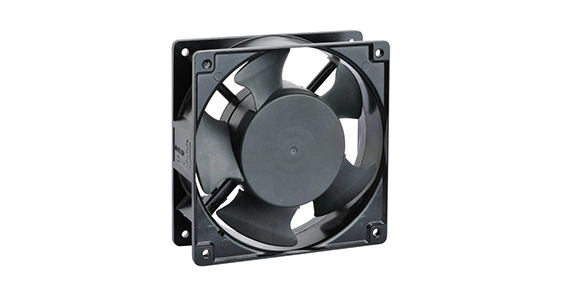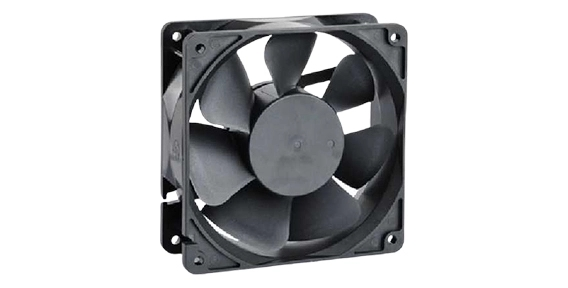Car air conditioning (AC) systems are essential for providing comfort during hot summer days. The AC blower fan plays a crucial role in distributing cool air throughout the car's cabin. However, like any other automotive component, the car AC blower fan can experience various issues over time. This article will discuss common issues and provide troubleshooting tips for car AC blower fans.
Signs of a failing car AC blower fan and how to diagnose the problem
Weak airflow: One of the most common signs of a failing AC blower fan is weak airflow. If you notice that the air coming out of your vents is not as strong as it used to be, it may indicate a problem with the fan. A simple way to diagnose this issue is by testing the different fan settings. If the airflow is consistently weak regardless of the setting, there is likely an issue with the blower fan motor.
No airflow: If the AC blower fan is not blowing any air at all, it could be due to a faulty motor or a blown fuse. Start by checking the fuse box and replace any blown fuses. If the issue persists, it is recommended to consult a professional mechanic who can further diagnose the problem.
Strange noises: Unusual noises coming from the AC blower fan can also indicate a problem. These noises can range from rattling or squeaking to grinding or humming. If you hear any of these noises, it is important to address them promptly. The causes can vary, including a loose fan blade, debris stuck in the fan, or a failing motor.
How to replace a faulty car AC blower fan
If your car AC blower fan is beyond repair and needs replacement, follow these steps:
1. Disconnect the battery: Before working on any electrical components, it is essential to disconnect the negative battery cable to prevent any electrical shock.
2. Access the blower motor: Locate the blower motor, usually located under the dashboard on the passenger side. It may require removing some components, such as panels or glove boxes, to gain access.
3. Remove the old blower fan: Disconnect the electrical connectors attached to the blower motor. Then, unbolt the motor from the housing using a wrench or screwdriver.
4. Install the new blower fan: Install the new blower fan by reversing the steps taken to remove the old fan. Ensure all connections are secure and tight.
5. Reconnect the battery: After completing the installation, reconnect the negative battery cable.

How to reduce noise from a car AC blower fan
If you are experiencing excessive noise from your car's AC blower fan, consider the following tips of axial fan uses to reduce or eliminate the noise:
Clean the fan and housing: Over time, dirt, dust, and debris can accumulate in the fan and housing, causing noise. Use a vacuum or compressed air to clean these areas thoroughly.
Lubricate the motor: Apply a few drops of lubricating oil to the motor's bearings to reduce friction and noise. Check your vehicle's manual for recommended lubricant type and procedure.
Insulate the fan housing: Use insulation material, such as foam or rubber, to reduce vibrations and absorb noise. Attach the insulation to the fan housing using adhesive or zip ties.
Check for loose or worn-out parts: Inspect the fan blades, motor mountings, and other components for any signs of wear or looseness. Tighten or replace any parts as necessary.
The car AC blower fan is an essential component of the air conditioning system. Understanding and troubleshooting common issues with the blower fan can save you time and money. By recognizing the signs of a failing blower fan, diagnosing the problems, and following the appropriate steps for replacement or noise reduction, you can ensure a comfortable and quiet ride in your vehicle.


 EN
EN 

 +
+
 +
+
 +
+



